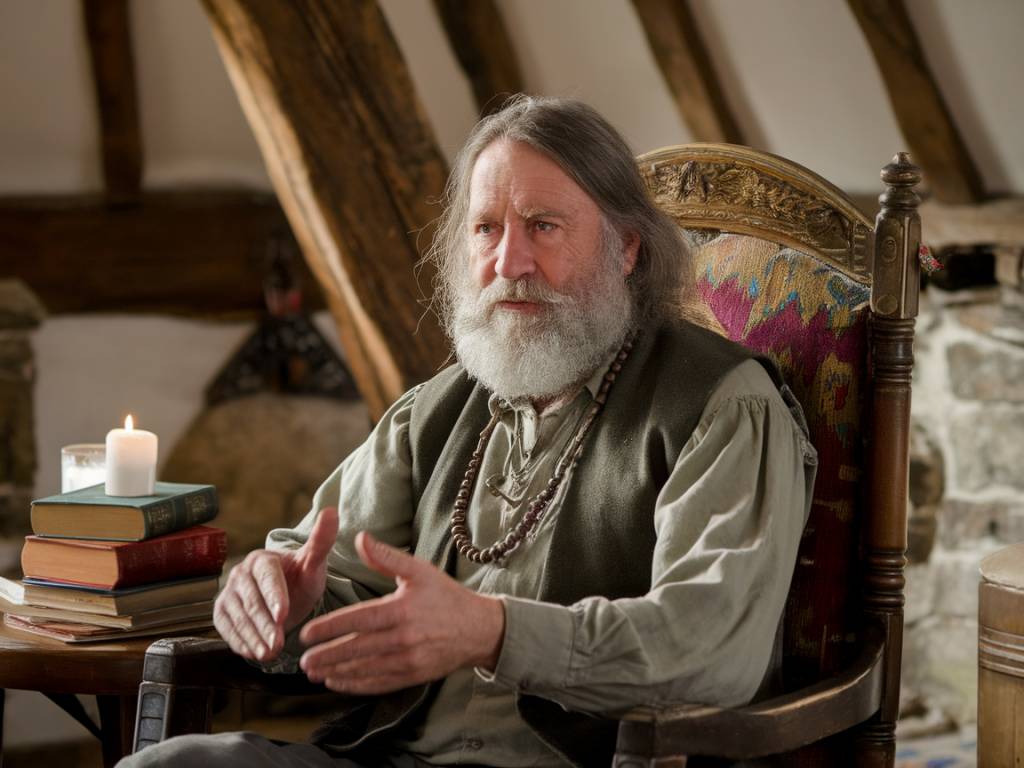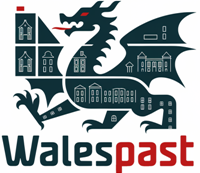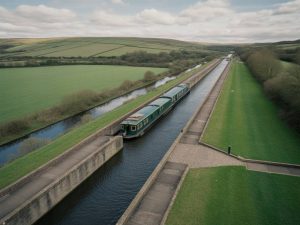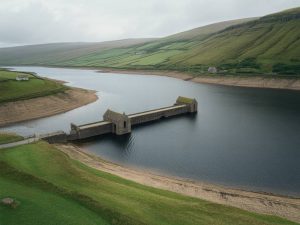The art of storytelling and its enduring place in Welsh culture

The art of storytelling and its enduring place in Welsh culture
Storytelling has always been at the heart of Welsh culture. For centuries, Wales has celebrated its heritage and passed down its traditions through the power of words—spoken, sung, and written. Known as the « Land of Song, » Wales might just as easily be called the « Land of Stories. » From ancient myths to family folklore, storytelling is a thread that runs deeply through the nation’s historical and cultural fabric. But why has storytelling endured for so long in Welsh culture? And what makes it so uniquely captivating?
The Ancient Roots of Welsh Storytelling
To understand storytelling’s central place in Welsh culture, we must delve into its ancient roots. The most celebrated collection of early Welsh tales is the Mabinogion, a series of epic stories that weave together mythology, history, and the supernatural. These tales, many of which date back to the medieval period, provide not only entertainment but also a glimpse into how the Welsh people saw their world and their place in it.
Who can forget the awe-inspiring stories of Bran the Blessed or Pwyll, Prince of Dyfed? These characters and their adventures carry with them timeless lessons about honor, fate, and the complexities of human nature. Even today, the Mabinogion continues to inspire writers, filmmakers, and storytellers from around the globe.
Oral Tradition: Keeping Stories Alive
Long before the printing press existed, stories were shared orally in Wales. Bards and storytellers, known as cyfarwydd, were highly regarded members of society. Their role was not just to entertain but to preserve cultural knowledge, recite genealogies, and immortalize historical events. Gathering around a fire to hear a story wasn’t merely a pastime—it was a way to strengthen community bonds and ensure the survival of Welsh heritage.
This oral tradition remains alive and well in modern Wales. Have you ever attended an eisteddfod? These vibrant festivals showcase the enduring importance of storytelling as a performing art. Whether through poetry, song, or dramatic narrative, storytellers captivate audiences, maintaining the magic of this age-old craft.
The Welsh Language: A Story in Itself
You can’t talk about Welsh storytelling without mentioning the Welsh language. Known as Cymraeg, it is one of the oldest languages in Europe still spoken today. It’s a language that seems tailor-made for storytelling, with its rich, lyrical qualities and deep connection to the land and its people.
Even place names in Wales tell their own stories. Consider the famous (and impressively long) village name, Llanfairpwllgwyngyllgogerychwyrndrobwllllantysiliogogogoch. It translates to « St Mary’s Church in the Hollow of the White Hazel Near a Rapid Whirlpool and the Church of St Tysilio of the Red Cave. » Every corner of Wales seems imbued with a tale waiting to be uncovered.
Folklore: Ghosts, Giants, and Magical Creatures
Wales has no shortage of tales featuring supernatural elements. From magical lakes to haunted castles, the stories of Wales brim with mystery and imagination. Take, for instance, the legend of the Lady of the Lake. Residing in Llyn y Fan Fach, she is said to have emerged from the water to marry a local farmer, only to return to the lake after a tragic misunderstanding. Such stories reveal the deep respect and reverence the Welsh have for their landscapes.
The tales of giants such as Idris, dragons like the mighty Welsh Red Dragon (the national symbol of Wales), and fairy folk known as the Tylwyth Teg further highlight the fantastical side of Welsh storytelling. Each story is a unique blend of cautionary tale, moral lesson, and pure wonder.
Storytelling in Modern Wales
While traditions run deep in Wales, storytelling hasn’t been relegated to the past. It has evolved, finding new forms and platforms. Modern Welsh literature, for example, is thriving, with authors such as Dylan Thomas and RS Thomas gaining international recognition. Dylan Thomas’s highly evocative prose and poetry, including the renowned “Under Milk Wood,” remains a testament to the enduring power of Welsh storytelling.
Moreover, the rise of technology has introduced digital storytelling with a distinctly Welsh flavor. Podcasts, YouTube channels, and social media are now platforms where age-old tales and new narratives can reach global audiences. Projects like the online National Eisteddfod have shown that Welsh storytelling can adapt and thrive in the digital age.
Storytelling and Community
In Wales, storytelling has always been more than just entertainment—it’s a way to bring people together. Whether through a small-town storytelling evening, a school project that explores local legends, or a casual chat by the pub fireplace, storytelling strengthens connections between individuals and their community. It’s no wonder that Wales has been called one of the friendliest and most welcoming places in the world. Perhaps this communal spirit is in part because of its storytelling heritage.
How Can You Experience Welsh Storytelling?
Are you intrigued by the magic of Welsh storytelling? There are countless ways to immerse yourself in it. Here are a few ideas:
- Visit Historical Sites: Castles like Caerphilly and Conwy often offer tours that include the legends associated with them.
- Attend an Eisteddfod: From the National Eisteddfod to smaller local events, you can experience poetry, music, and storytelling performances.
- Read the Mabinogion: Immerse yourself in the tales that defined early Welsh literature.
- Explore Folklore-Themed Tours: Guided tours in places like Snowdonia and Pembrokeshire often blend history with myths and legends.
- Connect Locally: Chat with locals in smaller towns—chances are someone will share a family story or a local legend.
The Enduring Magic of Welsh Stories
Storytelling is more than an art form in Wales—it’s a lifeblood that continues to flow through its culture, language, and communities. Whether it’s in the dramatic airs of a bard’s recitation or the quiet retelling of a family anecdote by a crackling fire, these stories root us in the past while sparking our imagination for the future. So, next time you find yourself in Wales—or even just daydreaming about it—remember, every landscape, every castle, and every conversation holds the promise of a story. What will you discover?





